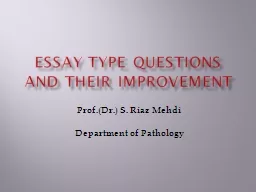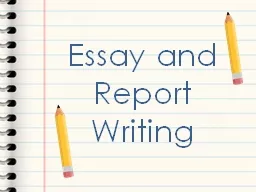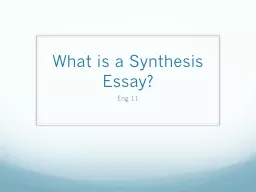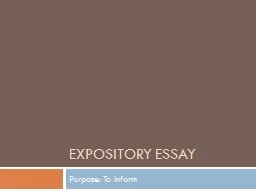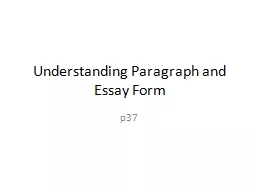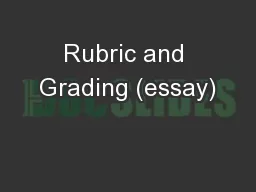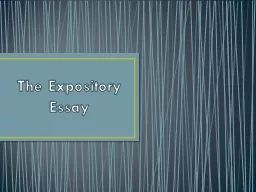PPT-Essay Type Questions and Their Improvement
Author : liane-varnes | Published Date : 2015-09-21
ProfDr S Riaz Mehdi Department of Pathology Assessment Assessment is a process of determining whether predetermined educational objective has been achieved Assessment
Presentation Embed Code
Download Presentation
Download Presentation The PPT/PDF document "Essay Type Questions and Their Improveme..." is the property of its rightful owner. Permission is granted to download and print the materials on this website for personal, non-commercial use only, and to display it on your personal computer provided you do not modify the materials and that you retain all copyright notices contained in the materials. By downloading content from our website, you accept the terms of this agreement.
Essay Type Questions and Their Improvement: Transcript
Download Rules Of Document
"Essay Type Questions and Their Improvement"The content belongs to its owner. You may download and print it for personal use, without modification, and keep all copyright notices. By downloading, you agree to these terms.
Related Documents

